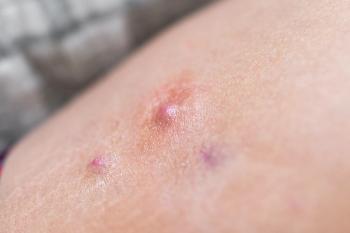
Six-Month HIV Prevention Injection Could Be a ‘Game Changer,’ Says South African Health Leader | IAS 2025
Long-acting injectable PrEP may improve access, protection and adherence, especially for young people and pregnant women, according to Hasina Subedar, a senior technical advisor at South Africa’s National Department of Health, who spoke with editors at IAS 2025 in Kigali, Rwanda.
At the 2025 International AIDS Society (IAS) Conference in Kigali, Rwanda, health experts from around the world gathered to discuss the future of HIV—including the potential of long-acting injectable preexposure prophylaxis (PrEP).
Hasina Subedar, a senior technical advisor at South Africa’s National Department of Health, spoke with Managed Healthcare Executive about how six-month injectable PrEP could transform HIV prevention, especially in high-risk and hard-to-reach populations.
Subedar, who has led South Africa’s rollout of oral PrEP since 2015, talked about the importance of building on past successes with newer technologies. While oral PrEP was considered a breakthrough at the time, she said that longer-acting options offer even more promise for consistent protection—especially for people who may struggle with daily medication or regular clinic visits.
She gave pregnant women as one example of a group that could benefit significantly.
Many women are more vulnerable to HIV during pregnancy and breastfeeding but may not consistently access care. A six-month injectable could cover them through key stages of motherhood with fewer visits.
Young adults, especially those entering universities and experiencing new independence, are another priority. Subedar shared that many don’t prioritize HIV prevention and may avoid health services entirely. Long-acting injectables could help reduce barriers by offering a discreet, low-maintenance option that fits their lifestyle.
“If we identify areas where we could actually access those individuals—especially if you're looking at universities—a lot of young people, when they first go to university, they live (on their own) firsthand. They're away from home. They are exposed to all kinds of things and new-found freedom, and we need to make sure that they can enjoy that freedom,” she said. “By giving them a six-monthly long-acting injectable, we can help them to enjoy life.”
With a growing number of prevention tools available, Subedar stressed the need to match the right intervention to the right population. In her view, six-month injectables could make prevention more practical and accessible for those who need it most.
Newsletter
Get the latest industry news, event updates, and more from Managed healthcare Executive.






















































